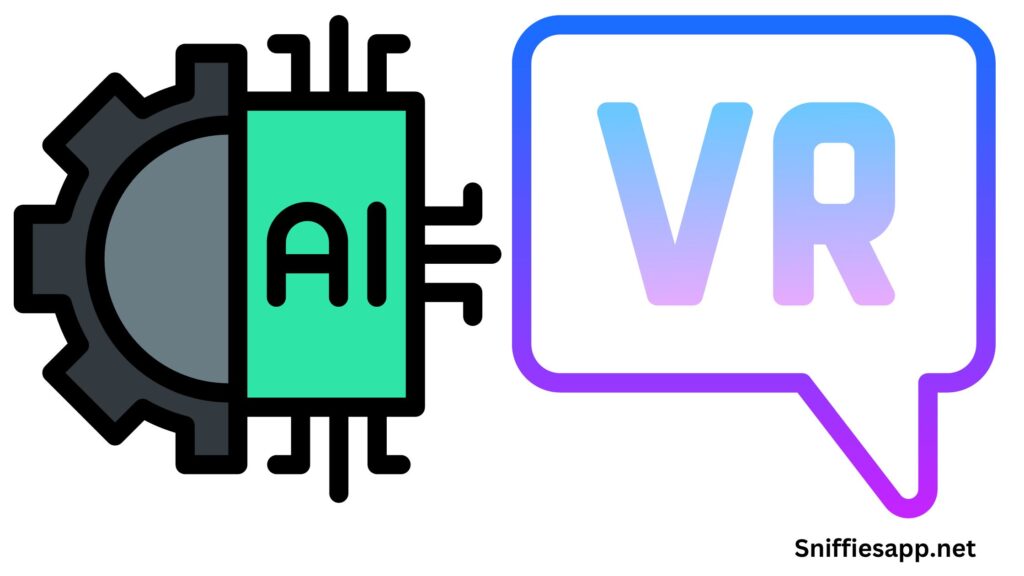The Evolution of Mobile Apps
Mobile apps are refined, equipped with marked features, and can perform a range of tasks. They have developed over time and altered the entire industry. The way mobile apps have advanced is noteworthy. It pertains to years of hard work with a remarkable focus on innovation and creativity. As the technology progressed, the users transformed their perspective too. The move from effortless processes to technological improvements was beyond everyone’s supposition. Let’s explore in detail the progression of mobile apps and the way they led the industry towards success.
The Origin
The period from the year 2000 to 2010 was the commencement of technological advancement. This journey began when simple applications were presented on feature phones. These apps were usually pre-installed and the users can’t do much with it, having limited functionality. One of the most common examples is The Snake Game on Nokia phone. However, when smartphones came into practice, they changed everything. The user can visit the Apple Store or Google Play Store to download any app of his choice developed by a third party.
The Rise of the App Store

Some amazements are more tremendous than expected. The period between 2010 to 2015 was not any less than that. It is where the App Store becomes operational. It started in 2008 and established a tremendous boom all across the industry. App Store is an astonishing platform for developers to demonstrate their innovation and skills. Users can download a notable number of apps on their smartphones to feel amused with limitless features. These mobile apps took social networking, gaming, and lifestyle to a whole new level of advancement. Another compelling development was in-app purchases and the reachability of freemium models. It altered the way businesses earn revenue, making mobile app development a worthwhile industry to invest in.
Native Mobile Apps with More Adoption
Native apps are the ones that are created solely for a particular platform that can be iOS or Android. These apps have become a masterpiece for mobile development especially from 2015 to 2020. In this era, the main focus was on enhancing the user experience. It was no longer difficult to enjoy the power of special features like GPS, cameras, and sensors. The primary goal of establishing mobile frameworks like React Native and Xamarin was to uplift the process of app development. It facilitated a large number of developers to create mobile apps more efficiently than ever.
The Upsurge of PWAs and Cross-Platform Development
Progressive Web Apps (PWAs) started becoming popular soon after the 2020s because users wanted to use mobile apps more seamlessly. These apps were similar to native apps, but you no longer have to install them. Cross-platform development frameworks rose in popularity. Flutter and Swift UI are two prominent names. They facilitated the developers to create thousands of apps for multiple devices using a single codebase. This revolutionary change is making its way up till now, being more affordable to speed up the development process.
AI and VR: The Future of Industry

Undeniably, artificial intelligence and virtual reality are empowering the world. Also, these cutting-edge tools are more probably to pave their way into mobile apps to revolutionize everything. Personalization powered by artificial intelligence, voice-generating platforms, and better security will augment the way users interact with technology. Also, such apps allow you to connect more realistically, highly influencing major industries like gaming, education, and healthcare.
The evolution of mobile apps sounds captivating. It started as a simple feature growing to more intricate AI-driven experiences. As the development of technology is a never-ending process the future of mobile applications looks very dynamic. These apps will continue to evolve changing the way a user interacts with digital platforms. So, remain in touch to know what the next mobile app brings!




